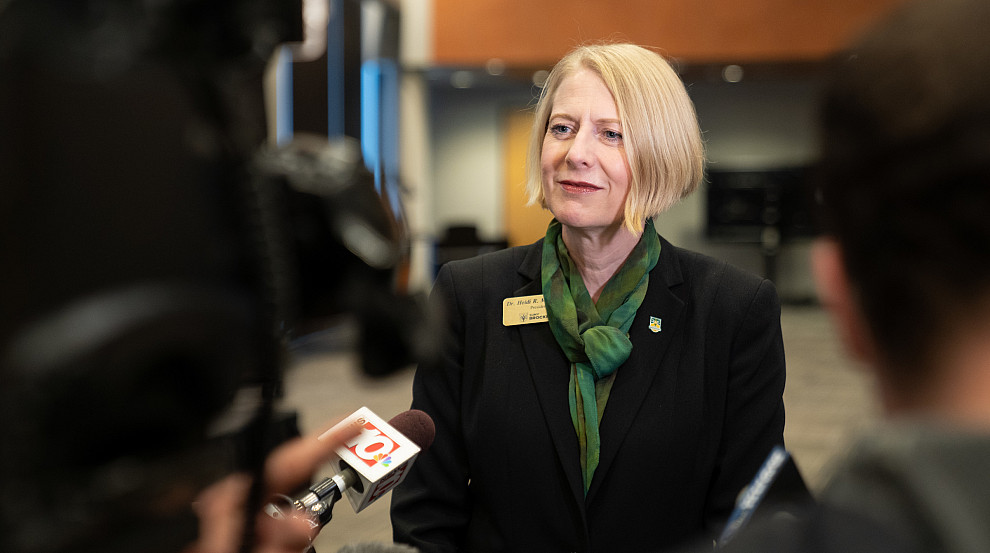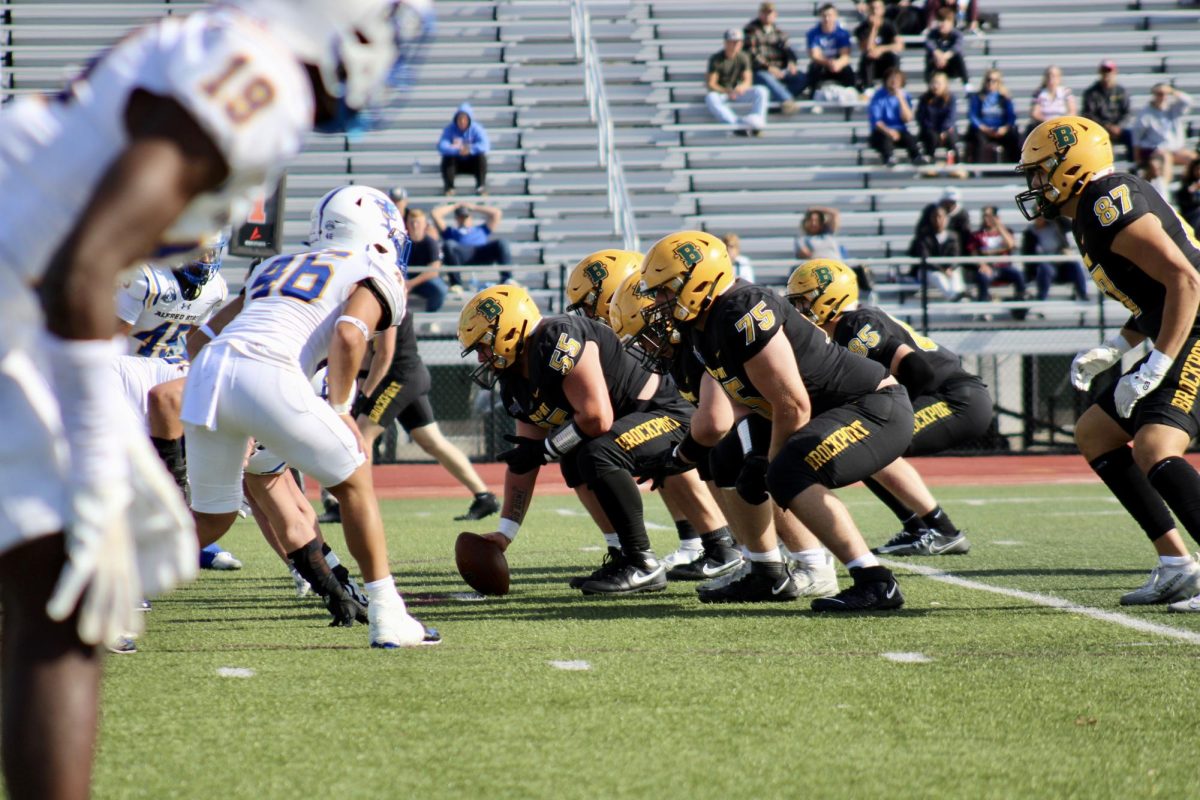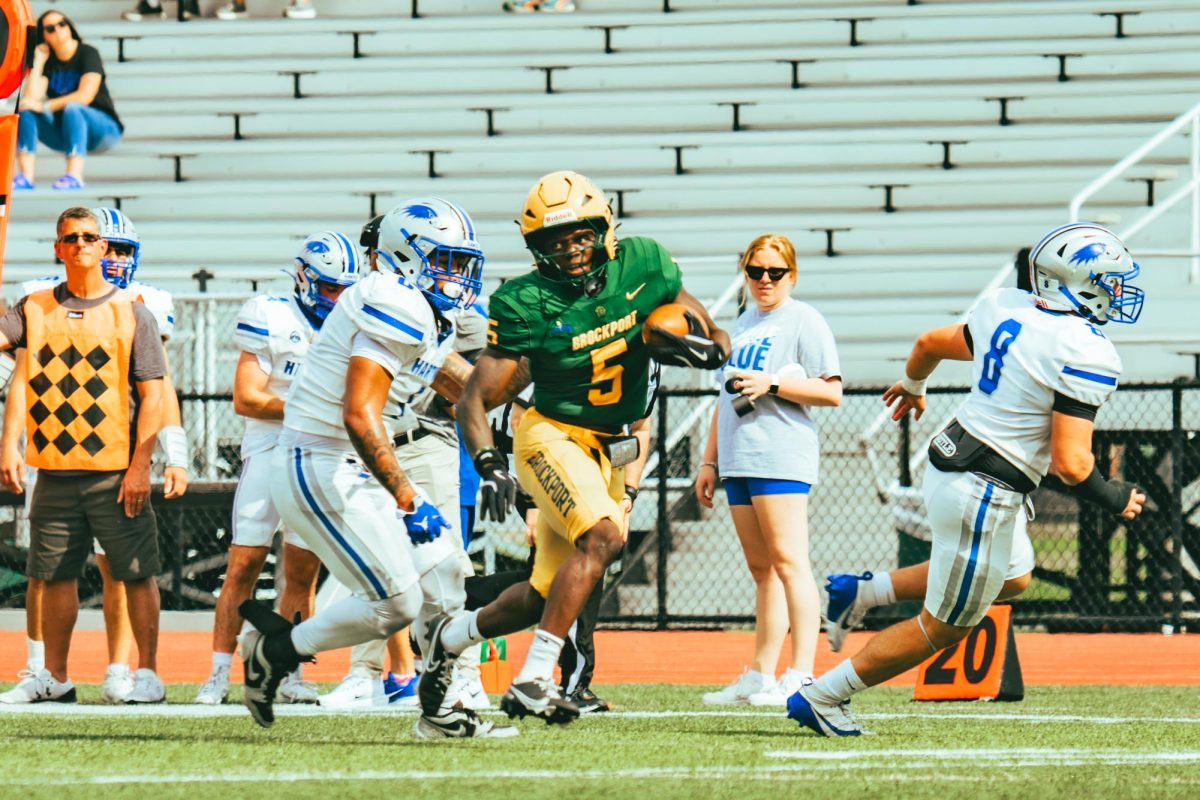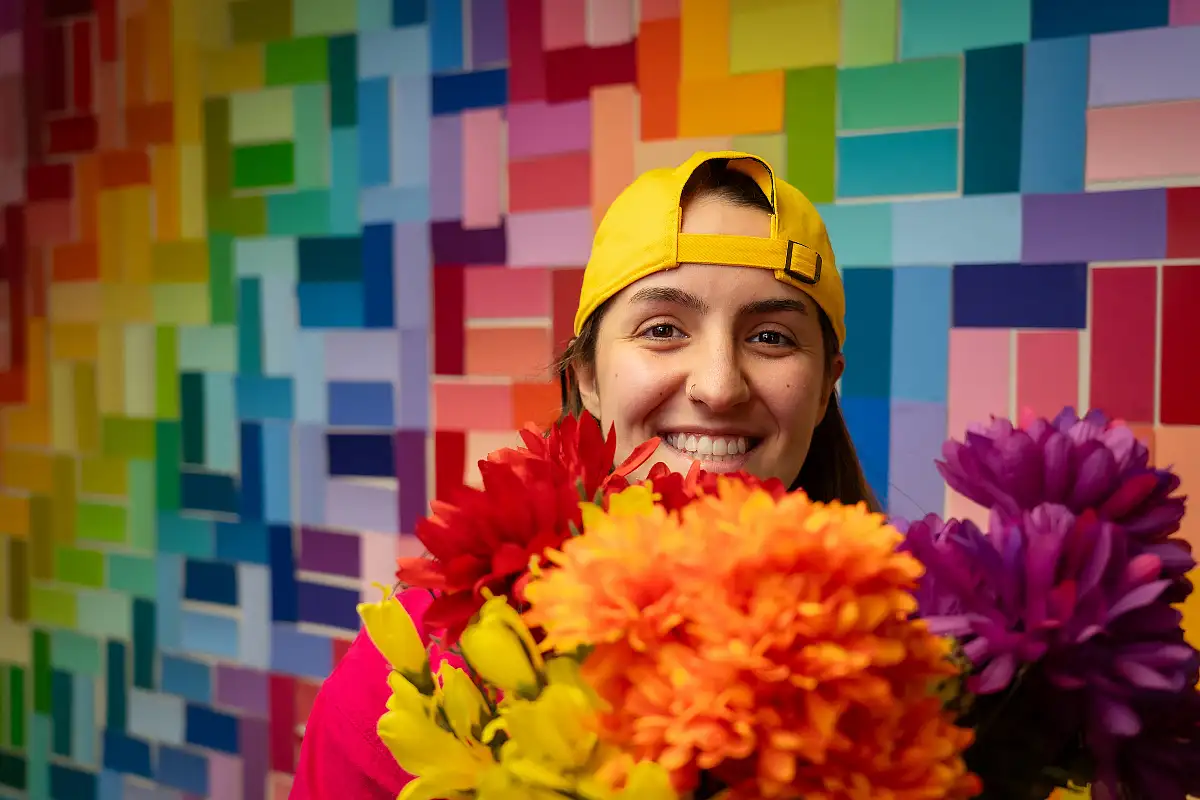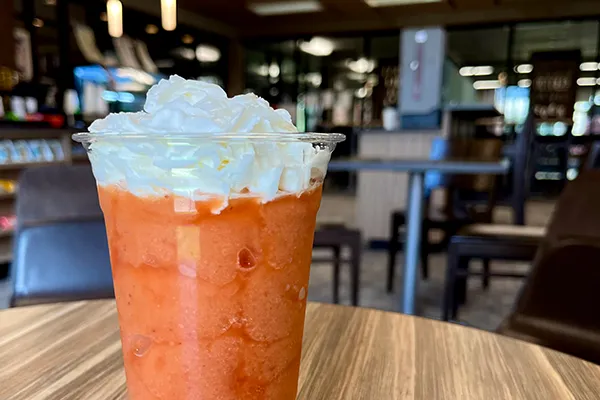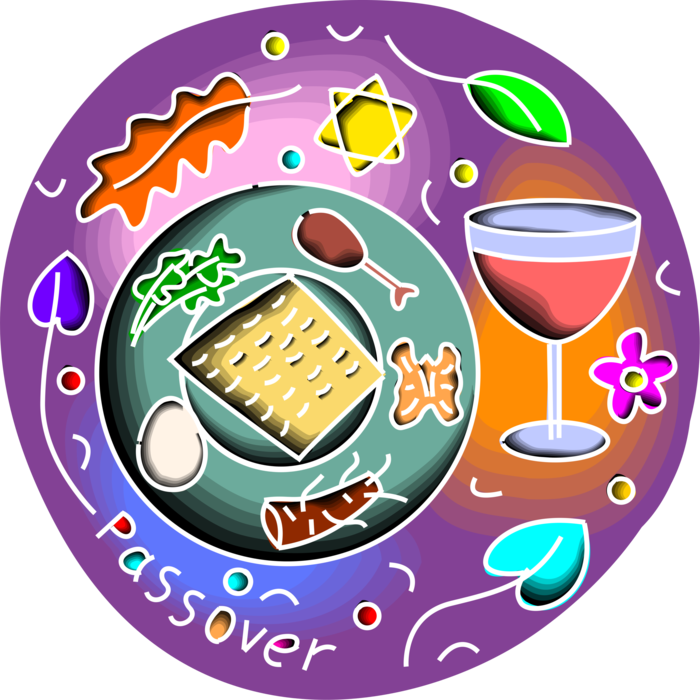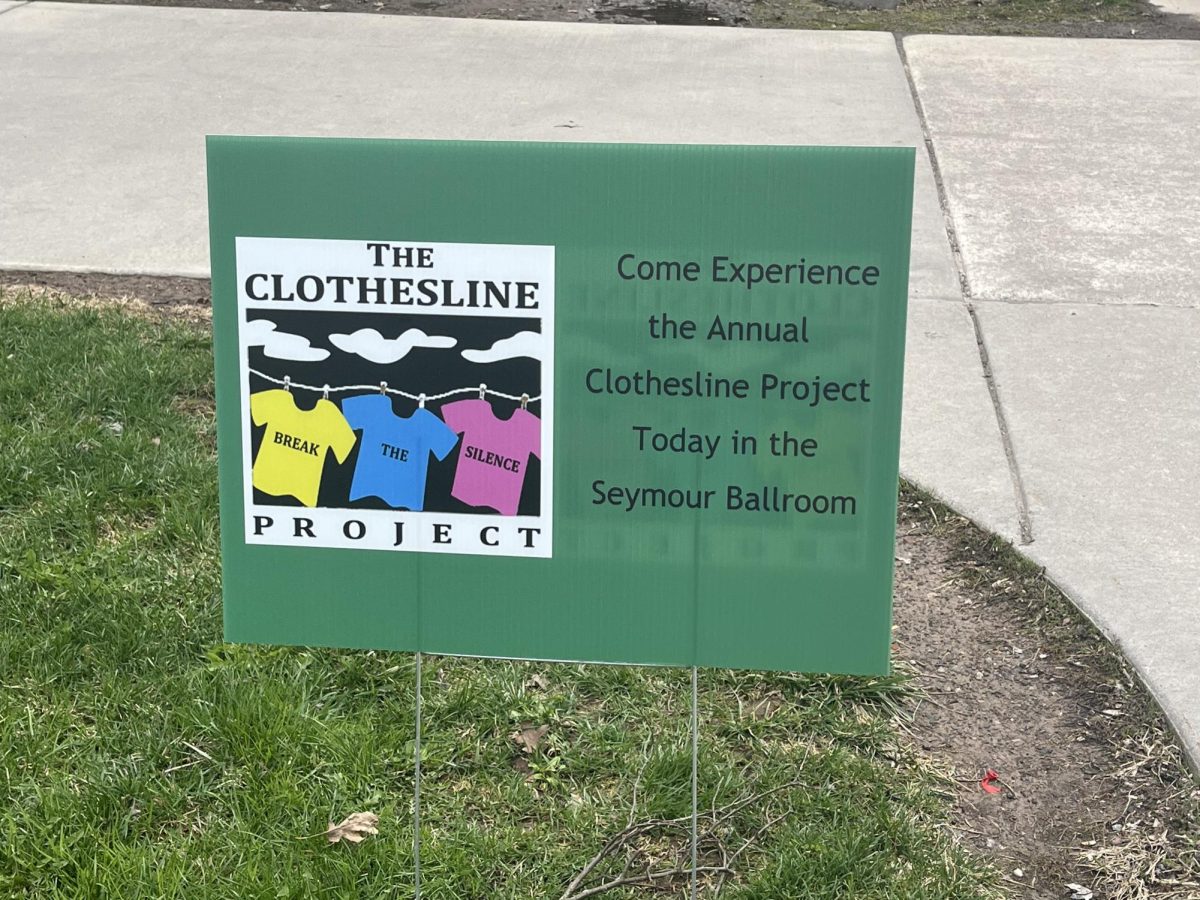Passover, or Pesach in Hebrew, celebrates the Israelites’ freedom from slavery in Egypt. It’s celebrated for seven days in Israel and eight days in the Diaspora, beginning at sundown on April 5 and ending on April 13.
The first night of Passover is marked with a ceremonial feast called Seder. Seder means “order” in Hebrew since everything during the meal must be done in a specific order, such as eating foods in a specific sequence. During Seder, friends and family gather to read stories, sing songs and pray out of a book called “Haggadah.” Stories from this book retell the tale of the Israelites in Egypt. It’s a significant tradition for Jewish people in remembering and passing down these stories.
To prepare for Passover, Jewish homes remove “chametz”, or leavened bread products. They abstain from this and instead eat “matzah,” unleavened flatbread, to symbolize how the Israelites didn’t have time to allow for their bread to rise during their abrupt departure from Egypt. It is eaten during Seder and throughout the week.
A significant component of Seder is the Seder plate. Each item on the plate is significant to the Passover story. “Charoset” is a sweet paste, “karpas” are vegetables dipped in salt water, “maror” are bitter herbs, “zeroa” is a lamb shankbone, “beitzah” are eggs and “chazeret” is a bitter lettuce.
The core of the holiday is freedom and justice. During this time, Jewish people reflect on not only their ancestors’ freedom from bondage, but other instances from across the world, such as the war in Ukraine.
Please remember to remain respectful and to support your Jewish peers. If you’d like to wish someone well, say “Chag Sameach” or “Chag Pesach Sameach,” which translates to “Happy Passover Holidays.”





